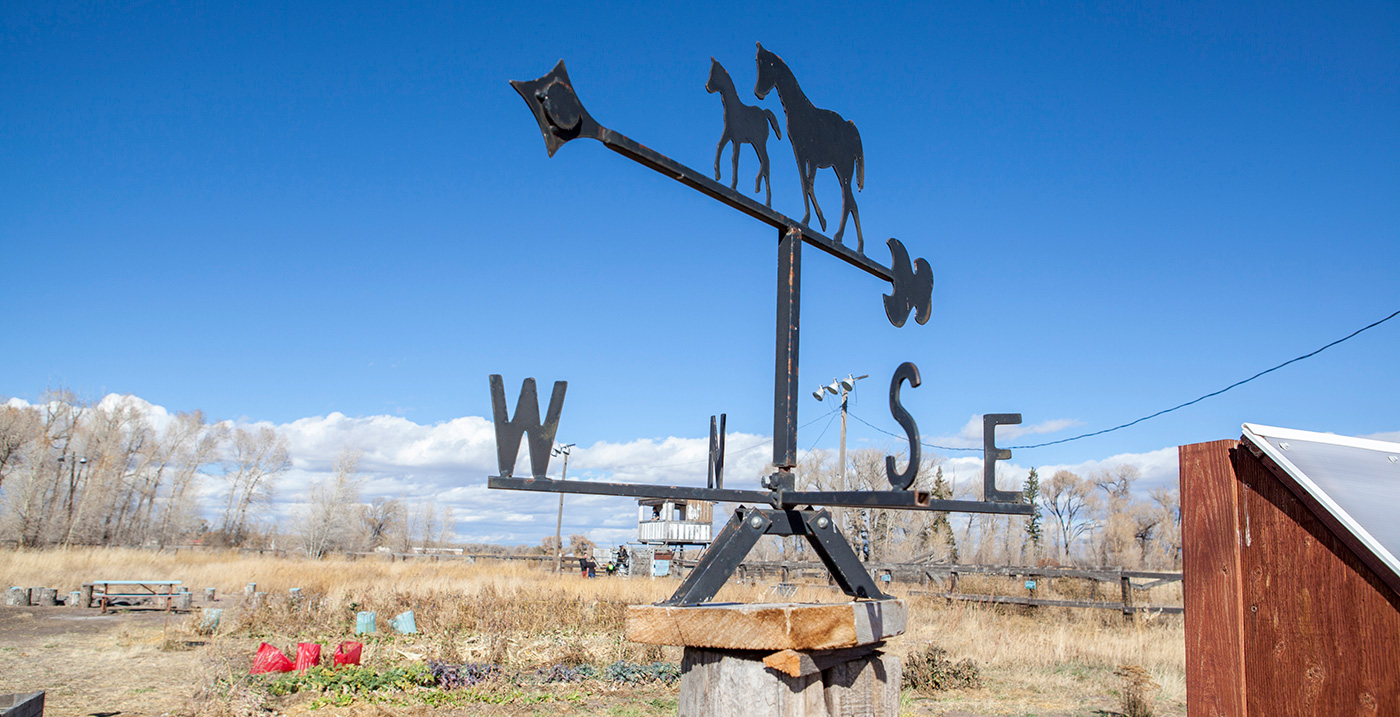
When I joined The Colorado Health Foundation in November 2018, I started with three items on my “to do” list:
- Figure out how to use public opinion research to better understand Coloradans.
- Do that research in ways that are unbiased and methodologically rigorous.
- Share what we learn openly and often to advance health equity.
It was a daunting list.
Fast forward almost two years, and here we are – releasing the first in an annual series of statewide polls of more than 2,000 Coloradans. Leading up to this, we’ve conducted focus groups, messaging analyses and media audits; but Pulse: The Colorado Health Foundation Poll is one of the largest and most significant pieces of research we’ve fielded thus far. It’s pretty exciting because this kind of exploration into the opinions of Coloradans is becoming increasingly rare in our state.
Polling is one way – among many – that we actively listen to the people of Colorado. At the Foundation, we believe that listening can yield tremendous value because it both broadens and deepens our understanding of how Coloradans really think about health.
In this case, we listened to a representative sample of adults who call our state home. We called, texted, emailed, and sent mail to get people to tell us what they think on a wide variety of issues that impact their well-being. By having 20-minute conversations with a sample of people who represent the state, we can better understand a wide range of Coloradans.
I know there are polling skeptics out there. It’s true that polling methodology has had to evolve to match our ever-changing world, and that trust and credibility of results are highly scrutinized, especially in recent years.
Still, the answers we get from a poll can tell us so much – what’s keeping people up at night, what’s dominating their dinner table conversations, or what they think needs to happen to make the state a better place for their neighbors, friends and family.
With Pulse, we’re also looking for patterns that help us answer questions about the people of our state. Questions like: Do the experiences of Coloradans living on low incomes differ from those who have higher incomes? Do people of color in Colorado have different views on policy issues than white Coloradans? Are there major differences of opinion across the various regions of our state?
Since we interviewed more than 2,000 people, we’re able to dig deeper into different perspectives based on race, ethnicity, gender, sexual orientation, ability, geography, and a host of other factors. Knowing the differences and similarities between people of all walks of life helps us understand inequity a little more clearly (and it often sparks more inquiry through other types of research).
We’re sharing everything we learn through Pulse with policymakers, community leaders, the media and anyone else who has a duty or a curiosity to understand their fellow Coloradans better – with the hope that, together, we can improve the health of all Coloradans.
I hope you’ll listen to what Coloradans are telling us through Pulse. As part of our commitment to transparency, we’ve released all the data and we’ve made it easy to explore. On the Pulse website, you can go question-by-question and see how different groups of Coloradans responded. You can also download a presentation with key findings or take a look at the topline results. For folks who geek out on data like me, you can read all about the methodology here.
In the coming weeks, we’ll be looking deeply at different slices of the data, from how Black Coloradans responded to how affordable housing concerns differ between renters and homeowners, among others. I hope you’ll follow along this year and in the coming years because Pulse: The Colorado Health Foundation Poll is an annual endeavor for us (and we’ll do it alongside and in coordination with qualitative research). Over time, we’ll track the changes and the trends, and we’ll keep listening, learning and sharing to advance health equity in our state.
